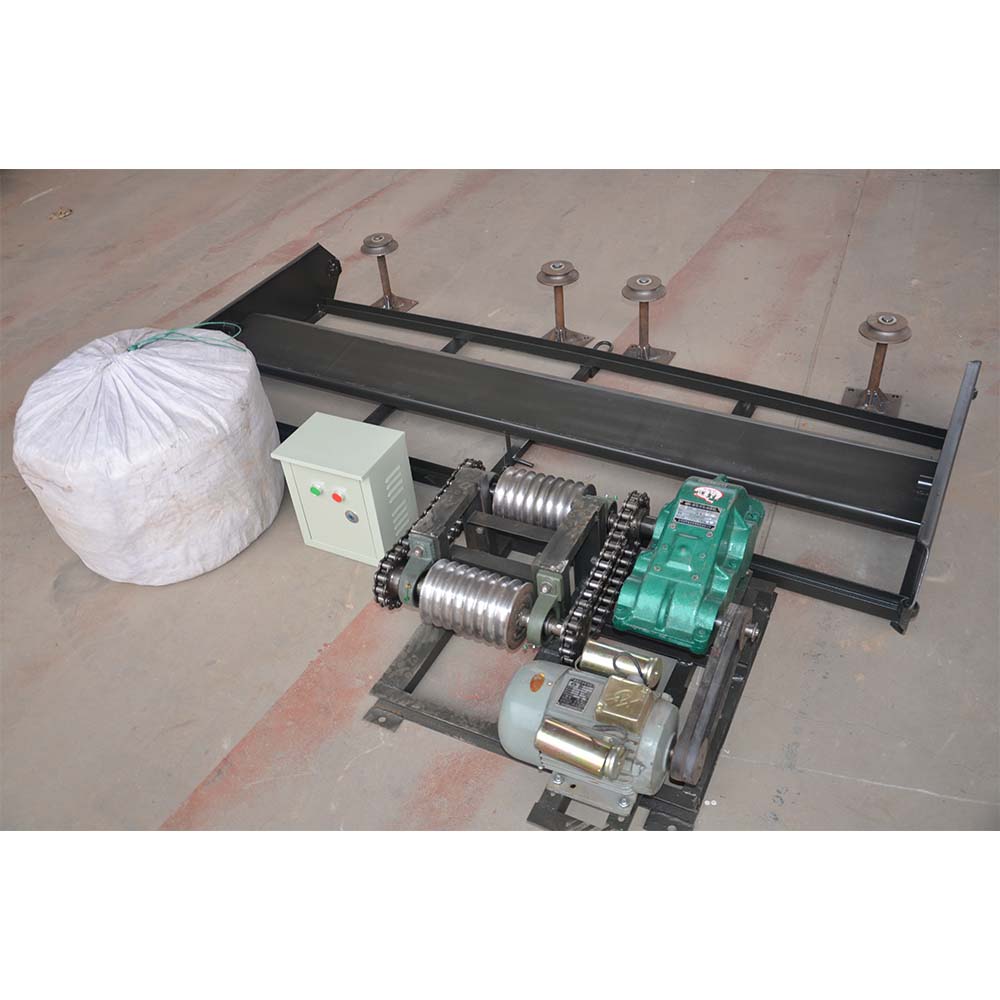Innovative Designs for Chicken Mesh Cages to Enhance Poultry Farming Efficiency and Welfare
Jul . 23, 2024 15:07 Back to list
Innovative Designs for Chicken Mesh Cages to Enhance Poultry Farming Efficiency and Welfare
The Benefits of Chicken Mesh Cages in Poultry Farming
In the ever-evolving world of agriculture, innovative farming techniques are vital for maximizing efficiency, ensuring animal welfare, and enhancing productivity. One such advancement that has gained significant traction is the use of chicken mesh cages. These structures have revolutionized poultry farming by providing a versatile and effective way to raise chickens while addressing several critical aspects of animal husbandry.
Understanding Chicken Mesh Cages
Chicken mesh cages are enclosures made from durable wire mesh that allow farmers to raise chickens in a controlled environment. The design typically includes multiple compartments, each housing individual birds. This setup not only facilitates optimal space usage but also encourages healthier living conditions. The mesh design allows for proper ventilation, essential for preventing respiratory problems and maintaining a comfortable climate for the birds.
Advantages of Using Chicken Mesh Cages
1. Space Efficiency
One of the primary benefits of chicken mesh cages is their ability to maximize space. Traditional farming methods often require large areas for free-range chickens, which can be impractical for many farmers, especially in urban settings. Chicken mesh cages, however, can be set up vertically, allowing for the accommodation of more birds in a smaller footprint. This is particularly advantageous in areas where land is limited or expensive.
2. Improved Hygiene and Health
Maintaining cleanliness is crucial in poultry farming to prevent the spread of diseases. Chicken mesh cages are designed to facilitate easier cleaning and maintenance. The materials used are often resistant to droppings and easily sanitized, reducing the risk of infections and illness among the flock. By minimizing direct contact between birds, these cages can help control the spread of pathogens and parasites, promoting a healthier environment.
chicken mesh cage

3. Enhanced Animal Welfare
Contrary to popular belief, chicken mesh cages can enhance the welfare of chickens when designed and managed appropriately. Properly constructed cages provide enough space for chickens to move freely and engage in natural behaviors, like nesting and perching. Additionally, the controlled environment can protect the birds from predators and harsh weather conditions, ensuring a safer living space.
4. Efficient Egg Production
For those specifically focusing on egg production, chicken mesh cages can lead to improved yields. By keeping hens in a well-managed environment with proper ventilation and space, farmers have observed an increase in egg-laying rates. The organization of the cages allows for easy monitoring, enabling farmers to quickly identify health issues or changes in production, thus taking necessary actions to maintain optimal performance.
5. Cost-Effectiveness
Investing in chicken mesh cages can be economically advantageous in the long run. Although the initial setup may require capital, the benefits outweigh the costs. Increased egg production and reduced mortality rates contribute to overall profitability. Additionally, the reduced need for labor and easier maintenance can lead to significant savings for poultry farmers.
Conclusion
As the demand for poultry products continues to rise globally, the need for efficient, sustainable farming practices becomes increasingly critical. Chicken mesh cages offer a practical solution by enhancing space efficiency, promoting hygiene, improving animal welfare, and boosting productivity. While they might not entirely replace traditional farming methods, they serve as a valuable addition to modern poultry farming, meeting the needs of farmers and consumers alike. Embracing such innovations will undoubtedly play a pivotal role in the future of agriculture, ensuring a balance between productivity and animal welfare.
-
Hot Sale 24 & 18 Door Rabbit Cages - Premium Breeding Solutions
NewsJul.25,2025
-
Automatic Feeding Line System Pan Feeder Nipple Drinker - Anping County Yize Metal Products Co., Ltd.
NewsJul.21,2025
-
Automatic Feeding Line System Pan Feeder Nipple Drinker - Anping County Yize Metal Products Co., Ltd.
NewsJul.21,2025
-
Automatic Feeding Line System - Anping Yize | Precision & Nipple
NewsJul.21,2025
-
Automatic Feeding Line System - Anping Yize | Precision & Nipple
NewsJul.21,2025
-
Automatic Feeding Line System-Anping County Yize Metal Products Co., Ltd.|Efficient Feed Distribution&Customized Animal Farming Solutions
NewsJul.21,2025






